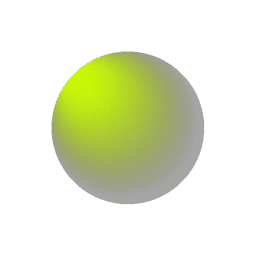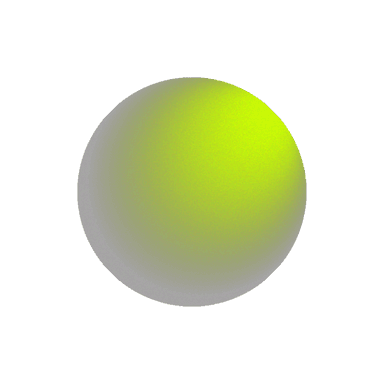Internal Linking: How AI Creates Smart Navigation

Imagine walking into a massive department store with no signs, no map, and no clear layout. You’d probably wander aimlessly, miss the items you came for, or leave in frustration. That’s exactly what happens on a poorly structured website—except your visitors don’t walk out; they bounce.
Internal linking is the sign system of your website. It connects pages to each other in meaningful ways, guiding users and search engine crawlers alike. Done right, internal links improve engagement, SEO performance, and conversion rates.
In 2025, Artificial Intelligence (AI) takes this concept to the next level—analyzing user behavior, content context, and site architecture to build smarter, more strategic navigation paths. This article explores how AI transforms internal linking into a powerful SEO weapon and shares a real-world outcome from an online retail platform.
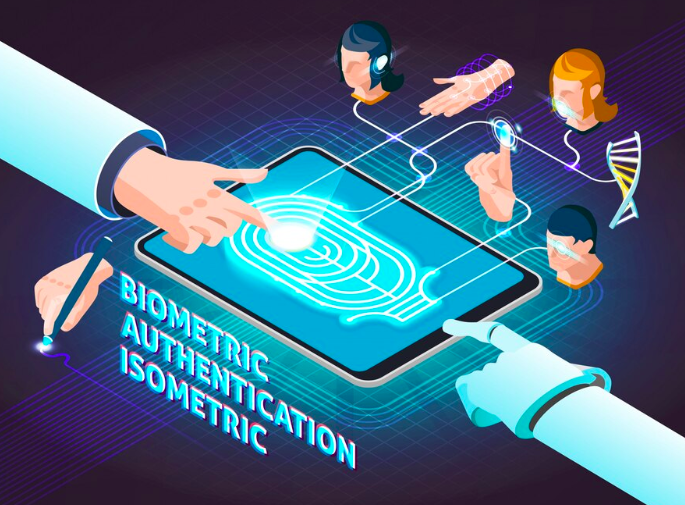
What Is Internal Linking and Why Does It Matter?
Internal links are hyperlinks that point to other pages within the same website. They serve several vital purposes:
-
User Experience: Help visitors find related content or continue their journey
-
SEO Signals: Show search engines the relationship and hierarchy between pages
-
Link Equity Distribution: Spread ranking power (PageRank) across your site
-
Indexing Efficiency: Make deep pages more discoverable by crawlers
Despite being foundational to SEO, internal linking is often underutilized or done manually—leaving gaps, dead ends, or messy loops that confuse both users and bots.
Common Problems in Manual Internal Linking
-
Links placed without strategic intent
-
Important pages buried deep without any incoming links
-
Link-heavy pages diluting relevance
-
Keyword stuffing or repetitive anchor text
-
Orphaned pages that aren’t linked from anywhere
These problems usually happen because of a lack of visibility. On large sites with hundreds or thousands of pages, it’s nearly impossible to keep track of everything manually. That’s where AI enters the picture.
How AI Enhances Internal Linking
AI tools analyze massive amounts of site data—from click paths to bounce rates—to create an internal linking map that prioritizes relevance, value, and intent.
1. Page Relationship Mapping
AI understands the semantic relationship between content. It can suggest linking blog articles to related product pages, or service descriptions to relevant case studies, creating a web of meaningful connections.
2. Anchor Text Optimization
Instead of using the same keyword repeatedly, AI rotates anchor texts naturally, mimicking how humans would describe a link—improving both SEO and readability.
3. Traffic & Engagement Analysis
AI identifies which pages need more visibility (e.g., high-quality but low-traffic pages) and connects them with high-performing pages to share link equity.
4. Orphaned Page Detection
AI audits your site for pages that have no internal links pointing to them—and suggests where they could be logically included.
5. Navigation Path Prediction
By analyzing user sessions and click paths, AI can predict the most effective next page suggestions—boosting average session duration and reducing bounce rate.
Real Case: Boosting Discoverability on a Retail Website
A mid-sized online store was facing a familiar problem. Despite investing in high-quality content and product curation, some of their category and promotional pages weren’t attracting enough organic traffic. On inspection, the issue was not content—it was structure.
The site had grown rapidly, and internal linking hadn’t kept up. Dozens of high-value pages were isolated or buried behind multiple clicks.
What the AI Did:
-
Analyzed user journey data and page value
-
Identified 90+ product pages and 15+ category pages with limited incoming links
-
Suggested contextual internal links on blog posts, FAQ sections, and seasonal landing pages
-
Diversified anchor texts to reflect search intent (e.g., “moisturizer for oily skin” instead of “click here”)
The Results:
-
Product discoverability increased—measured by a 27% jump in page views to previously low-traffic pages
-
Session duration improved by 32 seconds on average
-
Bounce rate dropped on key product listing pages
-
Organic search rankings improved due to stronger internal link structures and better crawl coverage
Most importantly, the AI solution required no redesign—just a smarter way to connect existing content.
Best Practices for AI-Driven Internal Linking
-
Audit regularly with AI tools to detect missed opportunities
-
Focus on relevance and user intent, not just keyword matching
-
Use varied anchor texts to avoid over-optimization
-
Ensure navigation flows lead toward conversion or engagement goals
-
Monitor impact using tools like Google Search Console, heatmaps, or user session recordings
Conclusion:
Internal linking isn’t just about SEO—it’s about user flow. A well-linked site feels intuitive, engaging, and valuable. And when AI handles the heavy lifting, it becomes even easier to maintain and scale that structure.
Let AI map your content ecosystem, distribute your SEO power efficiently, and create the kind of user experience that keeps people (and Google) coming back.


Subscribe to follow product news, latest in technology, solutions, and updates
Other articles for you
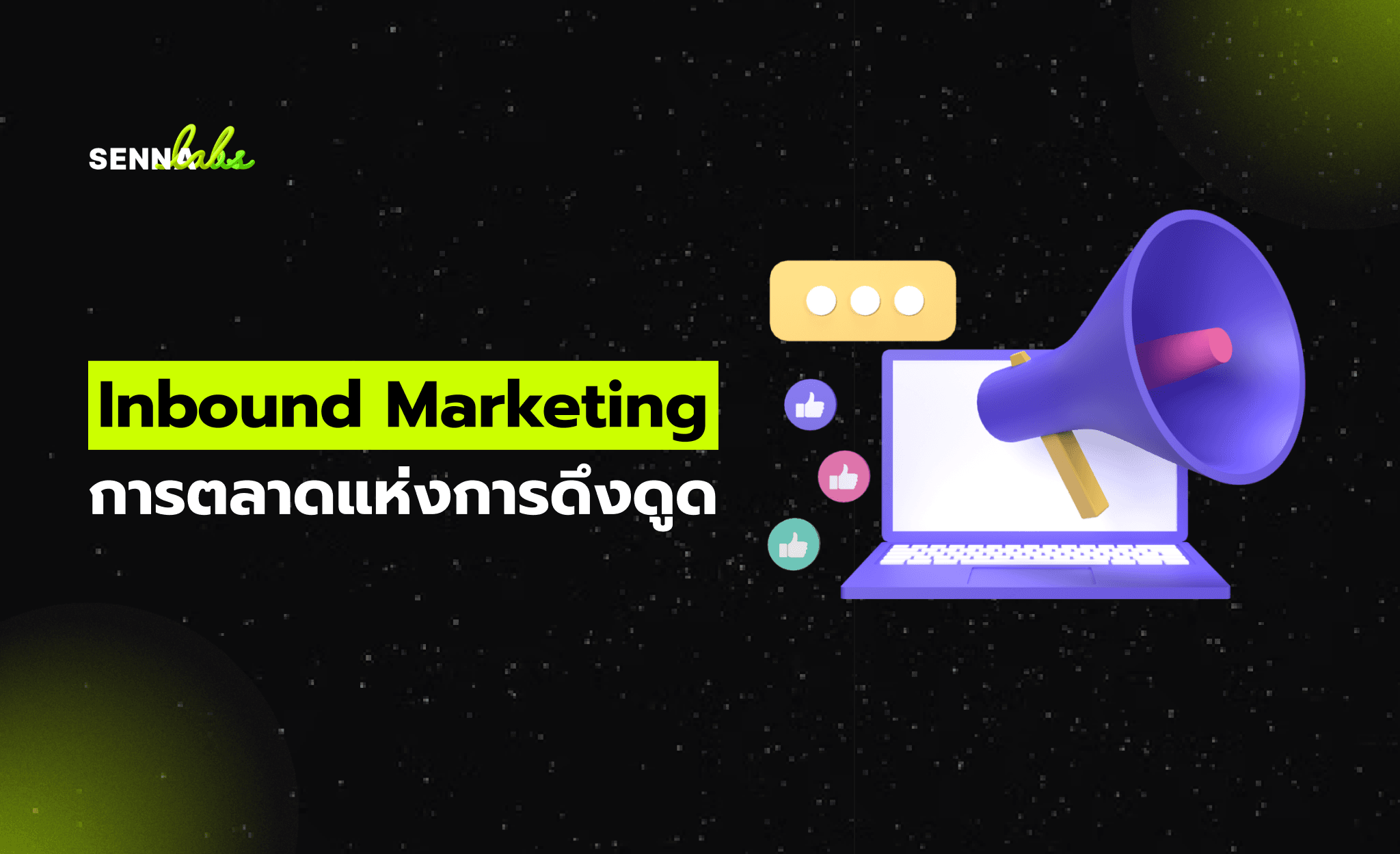

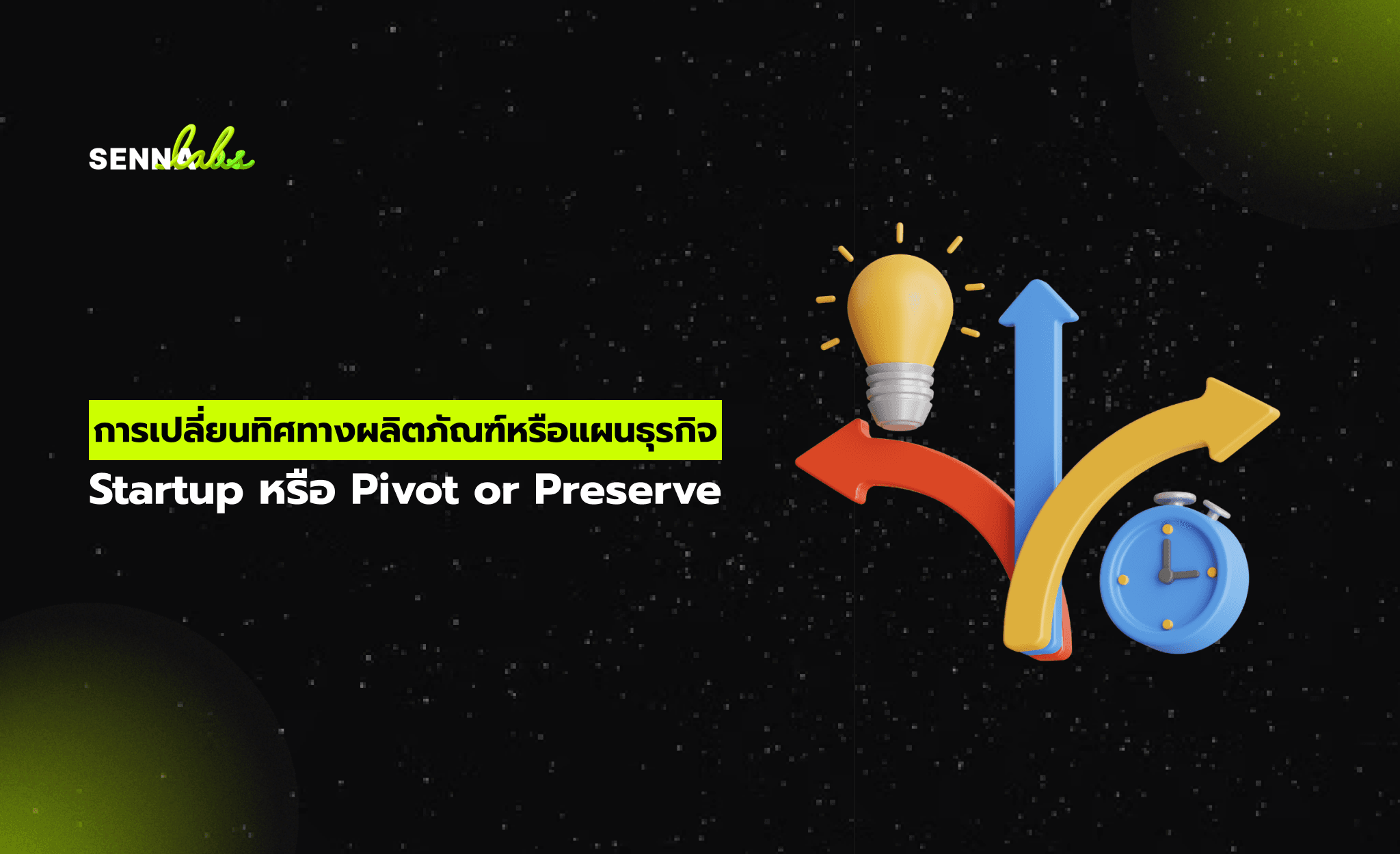
Let’s build digital products that are simply awesome !
We will get back to you within 24 hours!Go to contact us Please tell us your ideas.
Please tell us your ideas.





